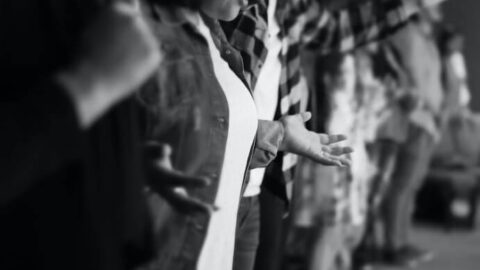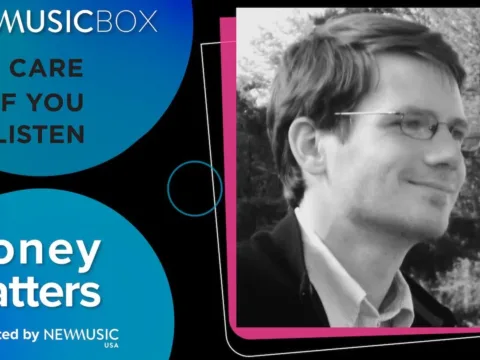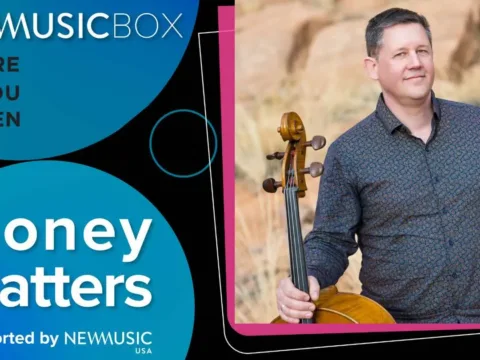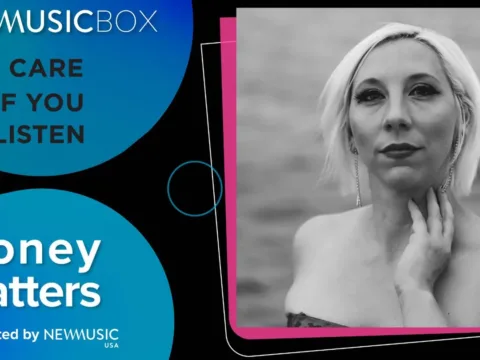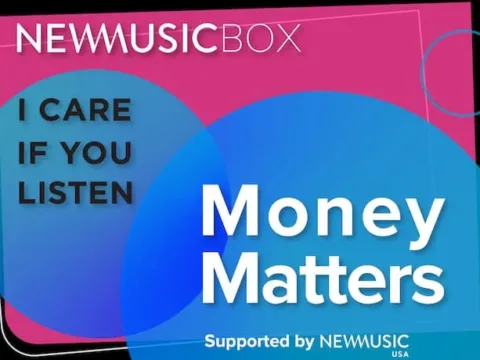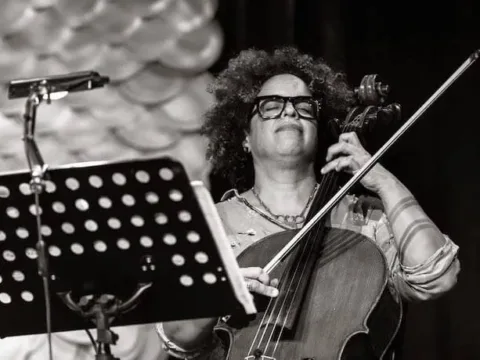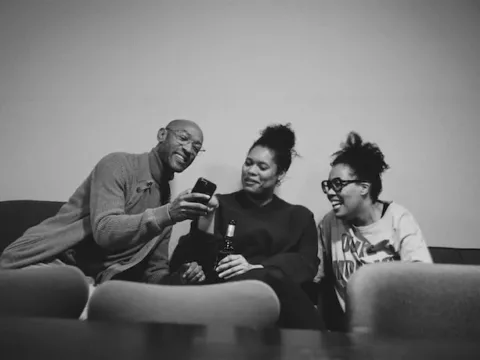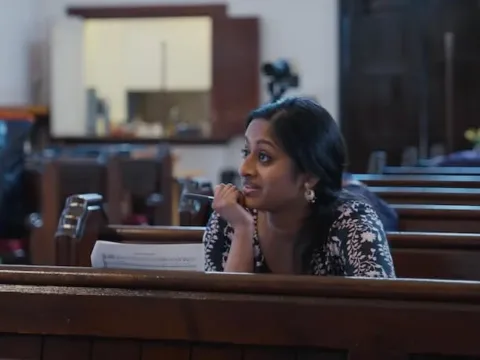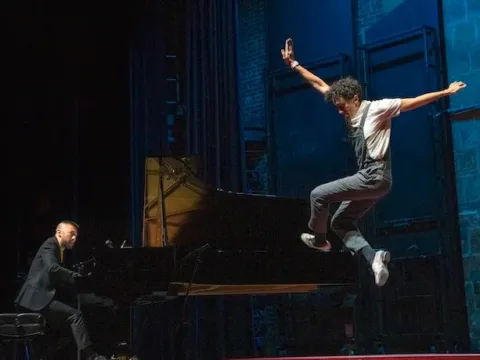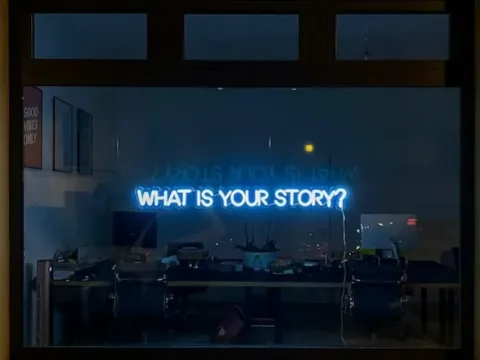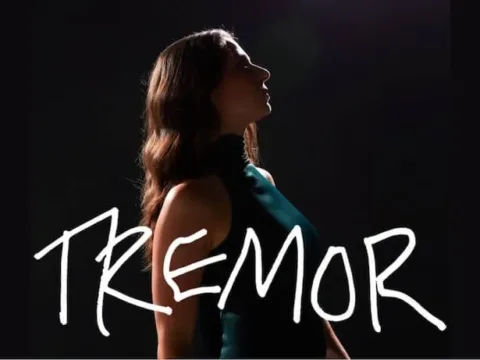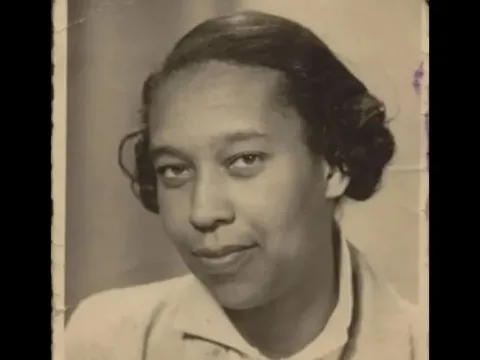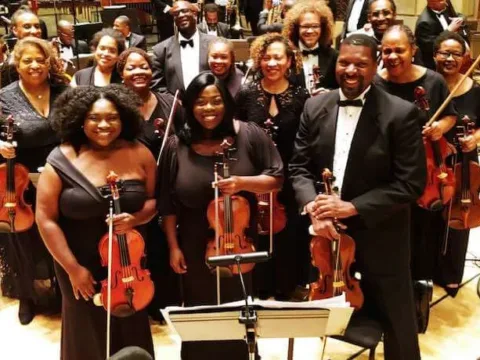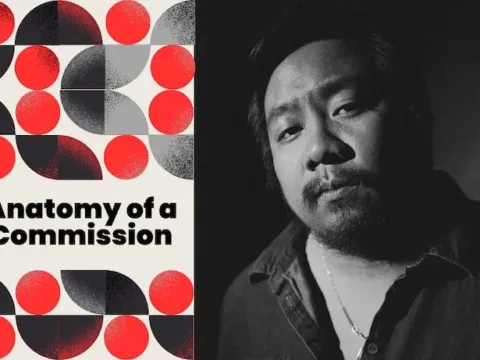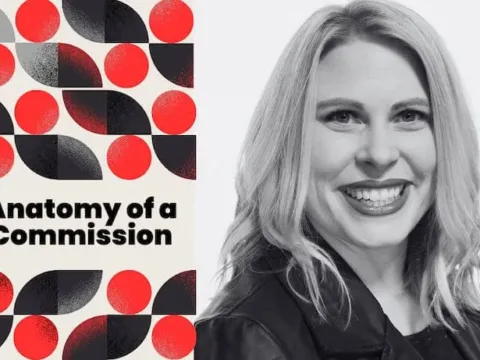I can count on one hand how many times I missed church during the first 18 years of my life, excluding travel or life events. My faith, and attending First Church of God Christian Life Center in Evanston, IL, were an important part of my upbringing. The significance of this integral space from my childhood has become increasingly apparent as I reflect on how much my life has changed in the years since I left for college, moved to teach public school orchestra, moved again for graduate school, and finally settled in Memphis. Religion aside, any prolonged involvement in a community space is bound to have a profound effect on our lives. But over the years, I have somehow managed to separate my participation in church music from my participation in classical, even though music has always been an important part of my churchgoing experience.
If you asked me when my formal music education began, I would tell you that it was at age 9, when I started playing the viola. But recently, I’ve realized that it truly began at the first church service I attended, because how can an environment so rich in music and culture be devoid of education? Through my work over the years with Classically Black Podcast, centering Blackness and unlearning classical music as an elite high art form, I have been able to see more clearly the ways in which church music — and in my case, gospel music — laid a foundation and informed my classical music training. My church music education and my classical music education shared many pedagogical and cultural aspects, and by exploring these similarities, I’ve become curious as to why I separated them in the first place, and how I can continue to bridge that gap.
One of the most important things my church music education gave me was the opportunity to experience musical concepts before assigning a name to them and analyzing their use. The first example that comes to mind is modulation. Colloquially referred to as “going up,” modulation was widely used in my church and was something I was already quite familiar with when I encountered it for the first time in a music theory classroom. Gospel songs, particularly choir songs, often modulate multiple times at the end. Besides it being a common songwriting practice, this technique is used to both emphasize the lyrics and to lengthen the song, giving worshipers more time to take in the moment. “God Is Great” by Ricky Dillard is a great example; the song only contains one verse, which is repeated three times. The remainder of the song repeats “God is great and greatly to be praised,” during which Dillard leads the New G Choir through a series of half-step modulations. His interjections of “Let’s take it up higher!” and “Take the roof off!” indicate to the choir and the congregation that the song is modulating at the end of the phrase.
My music theory and history classes also spent a lot of time dissecting Schubert’s works and finding the ways in which the master text painter wove meaning into his compositions. While my first conversations about text painting did occur in these classes, the overarching idea that instrumental music can have a larger impact was not new. The simple chord progressions at the beginning of “More Than I Can Bear,” by God’s Property, can cause an entire congregation to weep. In “God is Good,” Jonathan McReynolds tries to end the song, the pianist keeps playing as the audience continues to be moved. Whether at a church service or in a classical concert, music has the ability to set and maintain an atmosphere and communicate meaning beyond the music itself.
Knowing how beneficial it can be to experience something before naming it, I now integrate this into my pedagogy when teaching young students. A go-to for beginning orchestra, for example, is having students skip around the room and clap, then play dotted quarter-eighth note rhythms. This way, I get to dodge the complicated definition and the math and get straight to its use and feeling.
Another concept my beginning students often struggle with is playing independent parts simultaneously. After a substantial amount of time spent playing in unison, the first few rehearsals of an orchestral piece are a doozy. While I admittedly don’t remember every detail from my elementary and middle school orchestra experience, I also don’t remember struggling with this. Singing in parts was a common occurrence in church choir. Here, when I say singing in parts, I do not mean traditional SATB (although that did happen), but rather the breakdown at the end of some gospel songs where the sections of the choir enter one at a time, singing different lyrics in canon. The most well-known example of this would be “Hallelujah, Salvation, and Glory.” Almost all church kids know this song; it is one of the most iconic in the repertoire and has an unforgettable soprano entrance. Maverick City’s recording is a beautiful interpretation. A more traditional, old-school example of this widely used compositional technique is at the end of Bishop Larry Trotter’s “The Lord is Blessing Me.”
Like classical music, gospel has a canon that connects people across a variety of experiences. One of my favorite memories is from the 2018 SphinxConnect conference. Six of my friends and I were walking, and I randomly started singing Richard Smallwood’s “At the Table” and they all joined in. Though we’re all different ages and from different states and upbringings, we were all able to sing this song. The Black Church is spread across a variety of denominations; there are practices I may not recognize if I went to my cousin’s AME church, in the same way I may not be familiar with another Church of God in our conference. Nevertheless, there are songs and hymns like Fred Hammond’s “This is the Day” and “Blessed Assurance” that create a shared experience.
Being involved in music at my church also introduced me to a culture of music-making both as performer and audience member. The importance of practicing and rehearsing was not a foreign idea when I began to play the viola — I would not dare go to a youth choir rehearsal without listening to the songs that we were supposed to sing and memorizing the lyric sheet. In addition, my mom would often play the songs we were singing each Sunday in the car on the way to and from school to make sure I had several opportunities to hear them, a concept that has direct parallels to the Suzuki Method used to teach classical music to children. A standard of excellence was always impressed on us, expecting us to bring our best to God, and this commitment to brilliance remains when I attend the first rehearsal with an orchestra, or teach my students.
As classical music looks to change its practices, audience etiquette is frequently a part of the conversation. And while clapping between movements and silence are not part of the conversation when it comes to a congregation’s behavior, there is still a learned decorum that comes with participating in a service. An aspect of sitting in the congregation at my home church that mirrors my life as a classical musician is knowing when to move. In the same way that I would not leave a concert hall in the middle of a movement, I also wouldn’t leave the sanctuary during prayer or when the pastor is preaching. That said, one of my favorite things about a Black congregation is their participation and support, which can’t be duplicated in other settings. Whether affirming the pastor, singing along, or standing on their feet, a “take your time, baby” or “all right now” is a feeling that doesn’t exist in classical music.
All these experiences started coming together when I was in college. During my freshman year at Illinois State University, I joined the Interdenominational Youth Choir. I remember telling my viola teacher and she responded, “Great! I’m so glad that you’re singing.” I was confused because it wasn’t like we were singing art songs and chorales. However, as I became a better musician and later a teacher, I realized how much singing informed my musicianship.
Thinking back to that moment, I realize my confusion also came from fusing these two musical worlds. For a long time, I didn’t share classical music spaces with people whose experiences were similar to mine. The first time I had in-depth conversations about gospel music or “The Church” experience was at my first Gateways Music Festival in 2017. Studying classical music has always had a way of making me feel like it’s the only thing I can do. In certain conversations throughout my training, all we talked about was classical composers. Not only would gospel singer Kierra Sheard be out of place in these conversations, but how many of my peers would know who she is?
While I love my life as a classical musician and am grateful for how far playing the viola has taken me, I feel a twinge of guilt for giving it so much credit in shaping me as a musician. My early experiences attending church and singing in the choir were my primary music education. Religion is one of many communities we may find ourselves a part of that can inform how we create and interact with classical music. If you are also in my shoes and not sure how to meld your coexisting worlds, I invite you to do an inventory as I have; you may find they are more symbiotic than you realize.
I CARE IF YOU LISTEN is an editorially-independent program of the American Composers Forum, and is made possible thanks to generous donor and institutional support. Opinions expressed are solely those of the author and may not represent the views of ICIYL or ACF.
You can support the work of ICIYL with a tax-deductible gift to ACF. For more on ACF, visit the “At ACF” section or composersforum.org.
